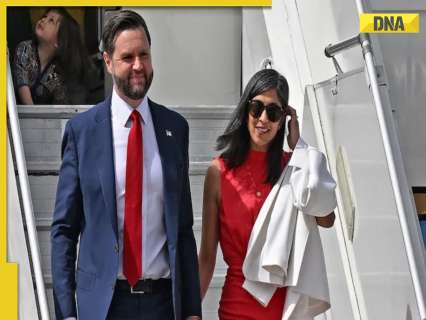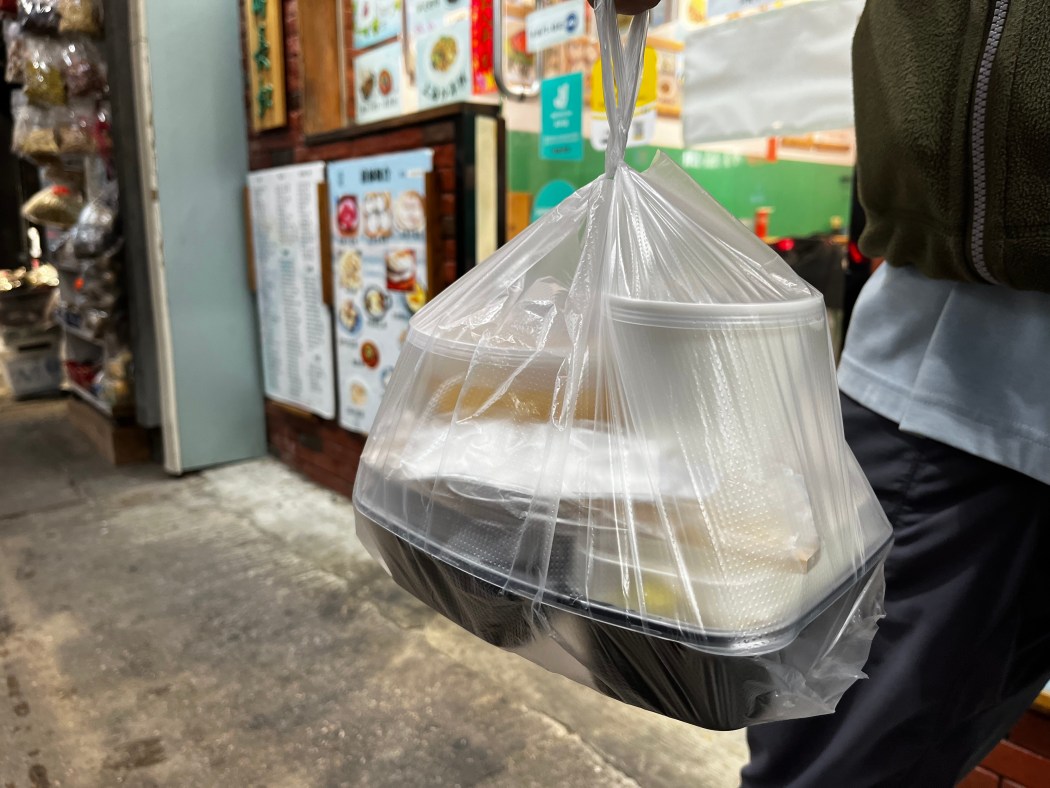A High-Stakes Diplomatic Mission On April 21, 2025, US Vice President JD Vance arrived at Delhi’s Palam Air Force Station for a four-day visit to India, marking a critical moment in India-US relations. His itinerary blends diplomacy with cultural engagement, including meetings with Prime Minister Narendra Modi and visits to iconic sites like Delhi’s Swaminarayan Akshardham Temple, Jaipur’s Amer Fort, Jantar Mantar, City Palace, Hawa Mahal, and Agra’s Taj Mahal. This mix of high-level talks and cultural exploration underscores the multifaceted partnership between the two nations, which is increasingly vital in a world grappling with trade uncertainties.
The Heart of the Visit: Trade Talks At the core of Vance’s visit is the pursuit of a bilateral trade agreement. In 2024, trade between India and the US reached an impressive $129.2 billion, with India exporting $87.

4 billion worth of goods, including textiles, pharmaceuticals, and engineering products, to the US. This economic relationship is a lifeline for millions of Indian workers and businesses. However, the potential re-imposition of a 26% tariff by the US threatens to disrupt this flow.
Such tariffs would make Indian goods more expensive for American consumers, potentially reducing demand and forcing businesses to seek alternative markets. Local Impacts in India The threat of tariffs is already causing concern across Indian states. In Andhra Pradesh, Chief Minister N Chandrababu Naidu has publicly requested an exemption for shrimp exports, a key industry supporting thousands of livelihoods.
Similarly, Karnataka, a powerhouse of technology, manufacturing, and agriculture, faces significant risks. The state’s textile and engineering goods sectors, which rely heavily on US markets, could see reduced competitiveness if tariffs increase costs. Karnataka’s agricultural exports, such as coffee and spices, might also struggle to maintain their foothold in the US.
Conversely, a successful trade deal could unlock new opportunities, attracting investment and boosting Karnataka’s role as a global economic hub. Karnataka’s Economic Stakes Karnataka’s diverse economy makes it particularly sensitive to global trade shifts. The state’s IT industry, centered in Bengaluru, may be less directly affected by tariffs, but its manufacturing and agricultural sectors are vulnerable.
For instance, Karnataka’s textile industry, which employs thousands, could face higher costs and reduced US demand. Small and medium enterprises, a backbone of the state’s economy, might struggle to absorb these shocks, leading to job losses and economic slowdown. On the flip side, a favorable trade agreement could strengthen Karnataka’s position, encouraging US firms to invest in its technology and manufacturing sectors, creating jobs and fostering innovation.
China’s Shadow Over Trade Talks India’s pursuit of a trade deal with the US has drawn sharp criticism from China, a dominant player in global trade. Beijing, which supplies affordable goods across South Asia, fears that an India-US agreement could undermine its economic influence. China has warned of countermeasures, raising the specter of a broader trade conflict.
This creates a complex geopolitical landscape where smaller economies, including those in South Asia, risk being caught in the crossfire. India must navigate these tensions carefully, balancing its economic ambitions with the need to maintain stable relations with China. Global Economic Uncertainty The backdrop to Vance’s visit is a world grappling with economic uncertainty.
Recent currency market fluctuations highlight this fragility. The US dollar has weakened against major currencies like the Swiss franc, Japanese yen, and euro, driven by concerns over the perceived politicization of the US Federal Reserve. This erosion of investor confidence underscores the delicate interplay between economic policy and political perception.
Meanwhile, upcoming economic reports will provide critical insights. The Federal Reserve’s ‘Beige Book,’ Purchasing Manager Indexes from the US, Europe, and Japan, and corporate financial results will shed light on global economic health. IMF’s Sobering Outlook The International Monetary Fund’s (IMF) Spring Meetings, concluding with the release of its World Economic Outlook, will further shape the narrative.
IMF Managing Director Kristalina Georgieva has signaled that the report will likely include downward revisions to global growth forecasts and upward adjustments to inflation projections. These revisions reflect the challenges of prolonged economic uncertainty, driven by rising trade barriers and supply chain disruptions. Georgieva’s warnings about the dangers of protectionism are particularly relevant to Vance’s visit, as tariffs could exacerbate these issues.
The Risks of Protectionism Georgieva has emphasized that modern supply chains are deeply interconnected, meaning tariffs on one product can ripple across industries and countries. For example, a tariff on Indian textiles could increase costs for US retailers, raise prices for consumers, and disrupt supply chains in third countries. Smaller economies, like those in South Asia, are especially vulnerable, as they often lack the resources to absorb such shocks.
Moreover, protectionist measures can undermine long-term productivity by discouraging innovation and competition. While tariffs aim to boost domestic manufacturing, the transition is slow, leaving consumers with higher prices and fewer choices in the interim. The Broader Implications Vance’s visit comes at a time when global trade is at a crossroads.
The rise of protectionism, coupled with geopolitical tensions, threatens to fragment the global economy. For India, a key player in the Global South, the stakes are high. A strong trade deal with the US could enhance India’s economic resilience, create jobs, and position it as a counterbalance to China’s dominance.
However, failure to secure favorable terms could weaken India’s export-driven industries and strain its economy. The outcomes of Vance’s discussions will also influence global perceptions of US trade policy under the current administration. A Path Forward As JD Vance departs from Jaipur on April 24, 2025, the results of his talks with Indian leaders will reverberate far beyond the two nations.
A successful trade agreement could strengthen India-US ties, boost economic growth, and create opportunities for states like Karnataka. However, the broader challenge lies in navigating the global trade landscape. Avoiding the pitfalls of protectionism and fostering international cooperation will require strategic diplomacy and a commitment to mutual benefit.
For India, the US, and the world, the path forward demands careful navigation of these turbulent trade winds. -------- E.O.
M (The author Girish Linganna of this article is an award-winning Science Writer and a Defence, Aerospace & Political Analyst based in Bengaluru. He is also Director of ADD Engineering Components, India, Pvt. Ltd, a subsidiary of ADD Engineering GmbH, Germany.
You can reach him, at: [email protected]).
Health

JD Vance's India Visit: Navigating trade, tariffs, and global tensions

On April 21, 2025, US Vice President JD Vance arrived at Delhi's Palam Air Force Station for a four-day visit to India, marking a critical moment in India-US relations.















